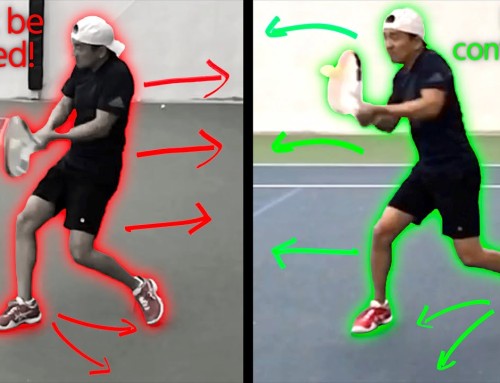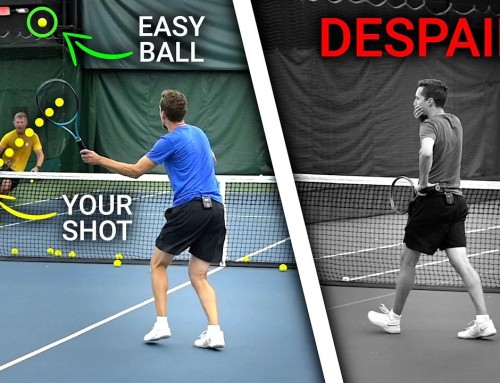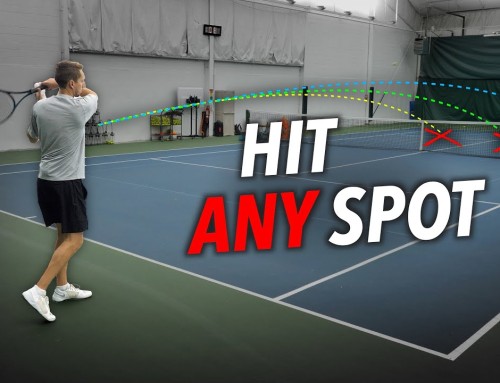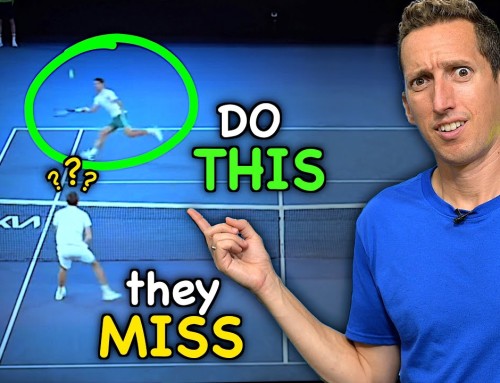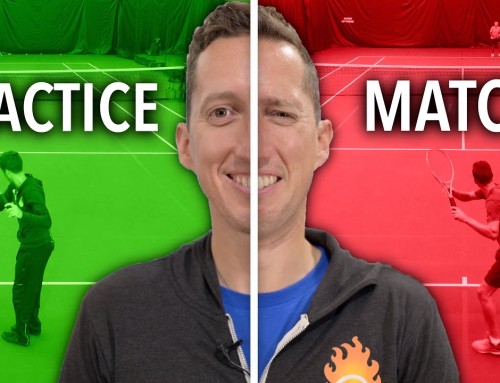Hit the most ACCURATE groundstrokes of your life with this coaching series – Click Here!
Learn how to place your forehands and backhands on a dime with these videos – Click Here!
In trying to create more power on their forehand or backhand most tennis players make the big mistake of try too hard.
They try to swing hard which results in a lot of tension and tightness which absolutely kills any potential for racquet head speed, which in turn kills potential for power and spin.
In my experience getting players to feel what a clean, smooth, relaxed swing is really like is absolutely key.
That’s exactly what today’s drill is going to do for you – help you identify where your tension points are and feel what its like to really swing freely and relaxed.
Comments? Questions? Leave them down below! Thanks for watching 🙂



